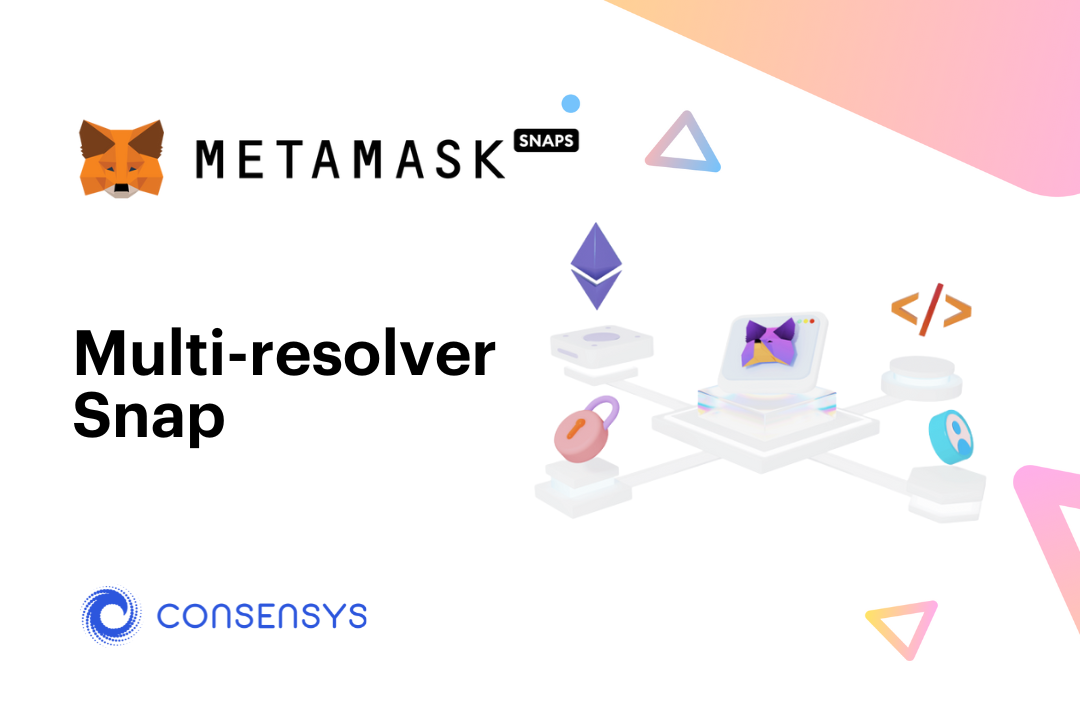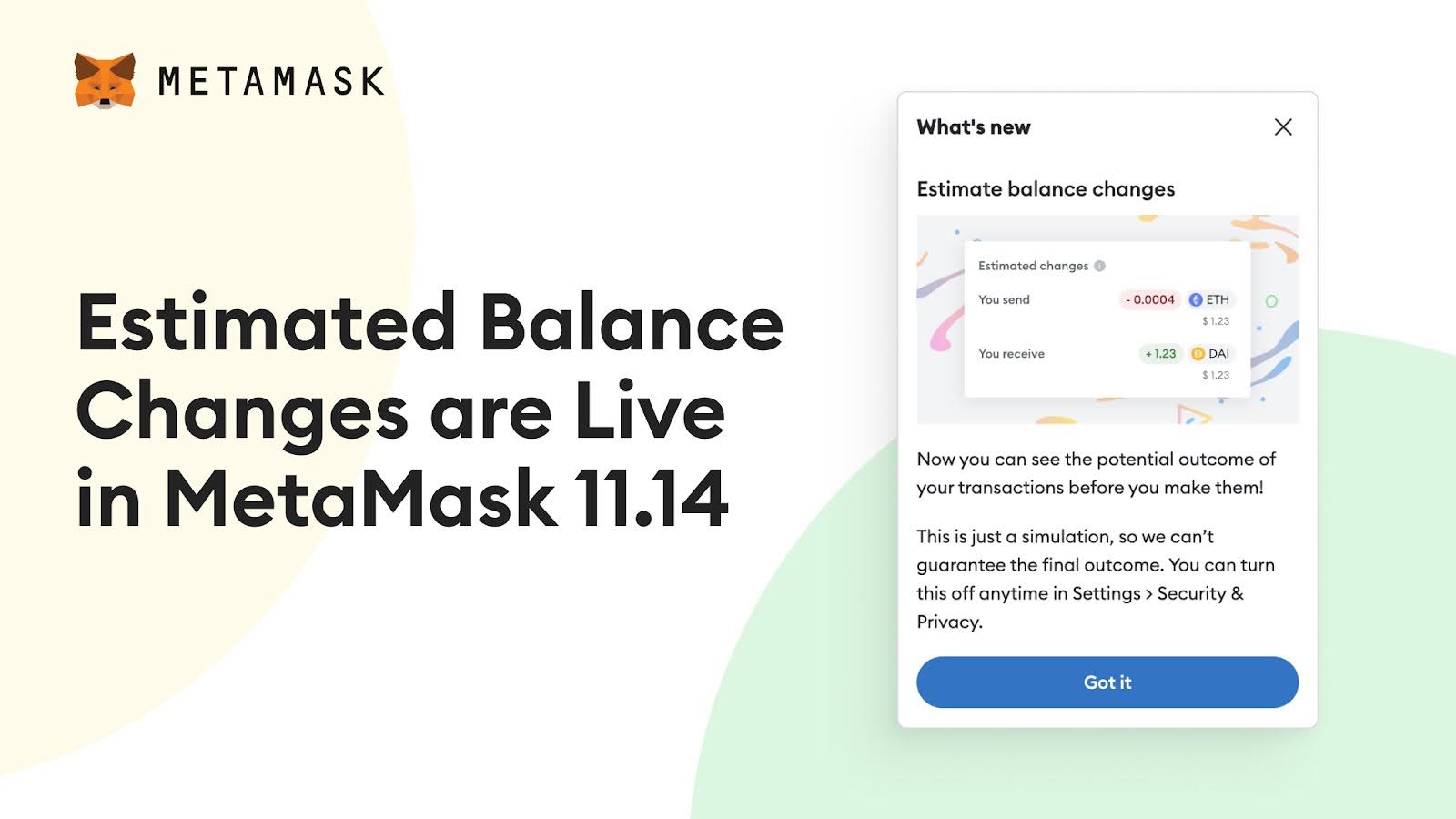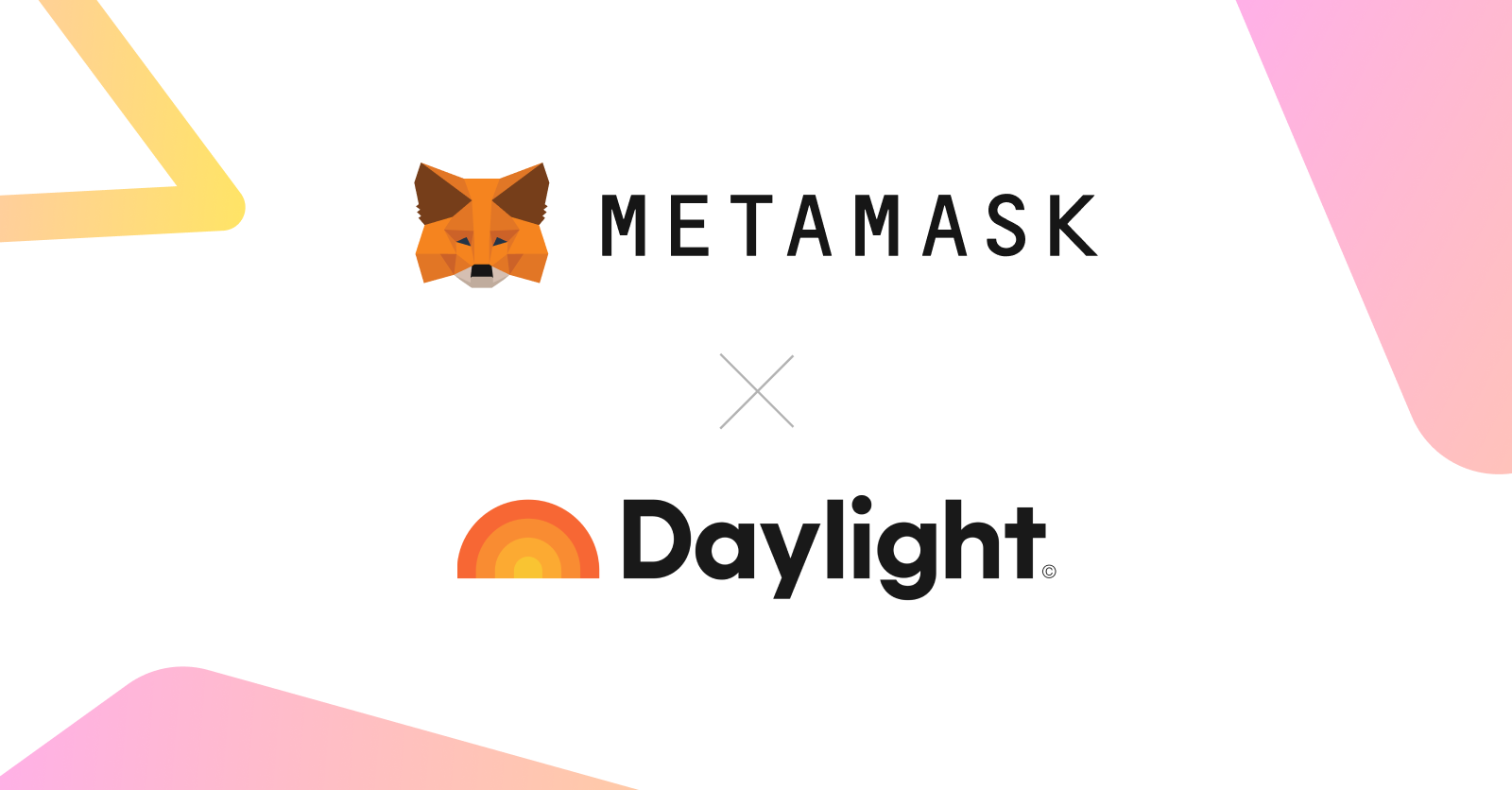Multi-resolver Snap: Solving the multi-resolver issue
An ETHLisbon Hackathon winner

MetaMask Snaps is the roadmap to making MetaMask the most extensible wallet in the world. As a developer, you can bring your features and APIs to MetaMask in totally new ways. Web3 developers are the core of this growth and this series aims to showcase the novel MetaMask Snaps being built today.
Multi-resolver Snap
Snap Repo: https://github.com/idriss-crypto/multiresolver
Why did you build multi-resolver snap?
The user experience in web3 has long been overlooked. One area in which we see progress is account abstraction. It feels like there is a new naming service almost every week. The goal of these is to simplify the way we interact with each other in this space: names are more recognizable than wallet addresses and therefore build a base layer for identity and reputation systems.
Additionally, original (naming) standards can benefit the popularity of projects. For example, let us call a project “x”. The new naming standard this project proposes could be called x-domains or x-names. Success in the project would automatically help grow the naming service, while success in the naming service would do the same for the project - a win-win. Now, we are left with a fragmented picture of the namespace. Sure, there are people that try to use every naming service, which results in a race around names in the limited namespace we have in some (domain-based) naming services. Other naming services use more familiar handles, like emails, phone numbers, or more general social handles (Twitter username, IG handle) that people already possess, to eliminate potential markets around these identities. Most people end up with one, maybe two handles from different naming services. Because of the variety of choices, developers need to integrate multiple naming service resolvers into their applications.
When a new naming service takes over a sizable percentage of the market, it should also be integrated into one’s application as to not exclude users of that naming service. From the user’s perspective, searching for alternative applications with similar functionality that also support the naming service of their choice is annoying. Why not let people use whatever they are familiar with AND provide a solution that helps developers focus on creating the best application possible?
The Multi-resolver Snap does exactly that.
Walk us through the technical implementation?
The gist
The snap was built for MetaMask Flask 10.20. The current version uses the permissions endowment:network-access and snap_confirm. The first is used in a preliminary version to request resolved addresses and translate Twitter IDs to Twitter usernames. The latter shows a confirmation screen to the user highlighting the resulting address before a transaction is created.
Currently supported resolvers are IDriss and ENS. The Snap runs on localhost.
Integration from dApp side
For a developer to integrate this Snap, and therefore all available resolvers, one must connect to a wallet and the snap first:
const connectSnap = async (
snapId: string = defaultSnapOrigin,
params: Record<'version' | string, unknown> = {},
) => {
await window.ethereum.request({
method: 'wallet_enable',
params: [
{
wallet_snap: {
[snapId]: {
...params,
},
},
},
],
});
};
Invoking happens through the method resolve_send and can be called through:
const resolveInput = async (id_?: string) => {
return await window.ethereum.request({
method: 'wallet_invokeSnap',
params: [
defaultSnapOrigin,
{
method: 'resolve_send',
identifier: id_,
},
],
});
};
which returns the resolved address. Here, id_ is the identifier that the user inputs into a sending field.
Using the new multiChainProvider, connecting to the snap is as simple as connecting to the wallet with the required permissions:
import { MultiChainProvider } from "@metamask/multichain-provider";
const provider = new MultiChainProvider();
const { approval } = await provider.connect({
requiredNamespaces: {
eip155: {
chains: [chains],
methods: [
permissions
],
},
},
});
const session = await approval();
The above-mentioned resolve_send method can be renamed to eth_sendTransaction, allowing apps to use the Multi-resolver Snap without needing to change any integrations. Whenever eth_sendTransaction is called, the Snap is interposed and resolves the input before creating the transaction. Applications should allow for inputs of type String instead of throwing an error whenever an user input does not match an address. The snap then takes care of the rest!
What are the next steps if you would implement this?
As a next step, this snap will be taken open-source to encourage other developers to hunt for bugs, improve the code, and even add their custom resolvers. Open-sourcing will unlock the true potential of this Snap: not a single developer or entity has to integrate all emerging naming services. A contribute.md file promotes this process. Additionally, further development from the MetaMask Snaps team will be tracked.
Precisely, two specific things greatly benefit this snap:
- The
endowment:transaction-insightpermission for account-to-account transfers to remove the additionalsnap_confirmcall before a transaction is triggered, and - UI injections into MetaMask. The goal is to implement the snap into the sending field so users can utilize the multi-resolver without connecting to a website.
Finally, a complete integration with the IDriss resolver is sought. Full integration allows users to send crypto and NFTs to any email, phone number, and Twitter username without needing to be registered in the IDriss book.
Can you tell us a little bit about yourself and your team?

My name is Lennard, and I have been interested in the blockchain space since 2017. For over a year, I have been building and co-founding IDriss, a decentralized mapping of emails, phone numbers, and Twitter usernames to wallet addresses. More generally, I focus on building tools toward a more usable web3, which motivated me to build this snap.
When were you first introduced to MetaMask Snaps and what was your experience like?
The Snaps team is very present at conferences this year (2022) , so I have been running into them a couple of times now. The first time I interacted with the code base was after one of their presentations at EthCC 2022 in Paris. While the features were still limited, the documentation was already promising, and I am very hopeful for the future of MetaMask Snaps.
What makes MetaMask Snaps different from other wallets?
I have not seen a similar approach to including outside contributors in the development of wallets yet. While some other wallets have open-sourced their code, Snaps enable developers to expand the functionality of MetaMask directly. I am sure this approach will be adopted by other projects as well, as it can be better maintained.
Tell us about what building Snaps with MetaMask is like for you and your team?
It was a great opportunity to build this snap during a hackathon. Having the MetaMask Snaps team around helped whenever questions came up. One thing that is still missing is the ability to customize MetaMask’s UI. Additionally, some dependency issues are hard to debug, which takes over most of the development time.
What does MetaMask Snaps mean to you?
Snaps provide a playground for developers to integrate their projects or ideas directly into MetaMask in a permissionless way. For me, this means that the growth of any project can be accelerated, as users can suddenly enjoy more benefits using the tools (wallets) they already own.
What opportunities do you see with MetaMask Snaps and the possibilities it unlocks for the Web3 space?
Snaps can help prevent scams through transaction insights, create a more network-inclusive experience with keyrings, and allow for a more user-friendly web3 experience using custom resolvers paired with UI enhancements. Together, this will bring more people into the space.
Any advice you would like to share with developers keen to try MetaMask Snaps?
Go to hackathons! It is the best way to interact with the team directly and get instant feedback.
Building with MetaMask Snaps
To get started with MetaMask Snaps:
- Checkout the developer docs
- Install MetaMask Flask
- Check out a MetaMask Snaps guide
- Stay connected with us on Twitter, GitHub discussions, and Discord
Keep an eye out for our team at the next hackathon in an area near you! Happy BUIDLing ⚒️
Disclaimer: MetaMask Snaps are generally developed by third parties other the ConsenSys Software. Use of third-party-developed MetaMask Snaps is done at your own discretion and risk and with agreement that you will solely be responsible for any loss or damage that results from such activities. ConsenSys makes no express or implied warranty, whether oral or written, regarding any third-party-developed MetaMask Snaps and disclaims all liability for third-party developed Snaps. Use of blockchain-related software carries risks, and you assume them in full when using MetaMask Snaps.
Keep reading our latest stories
Developers, security news, and more


